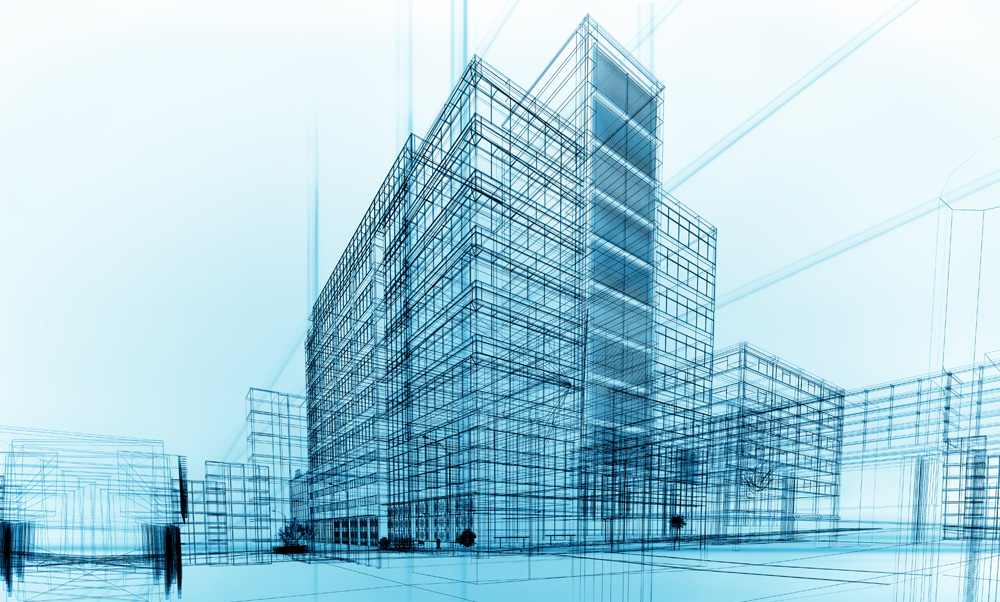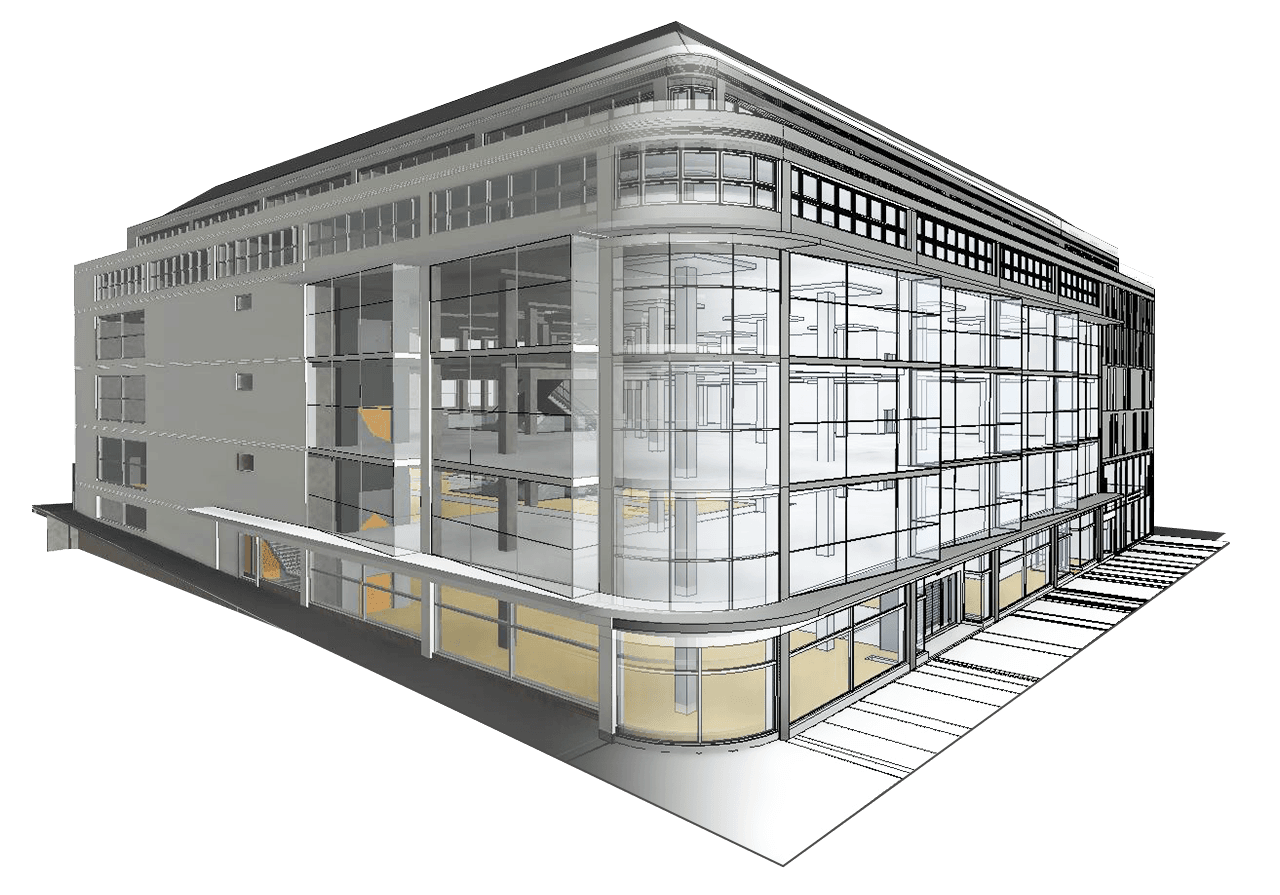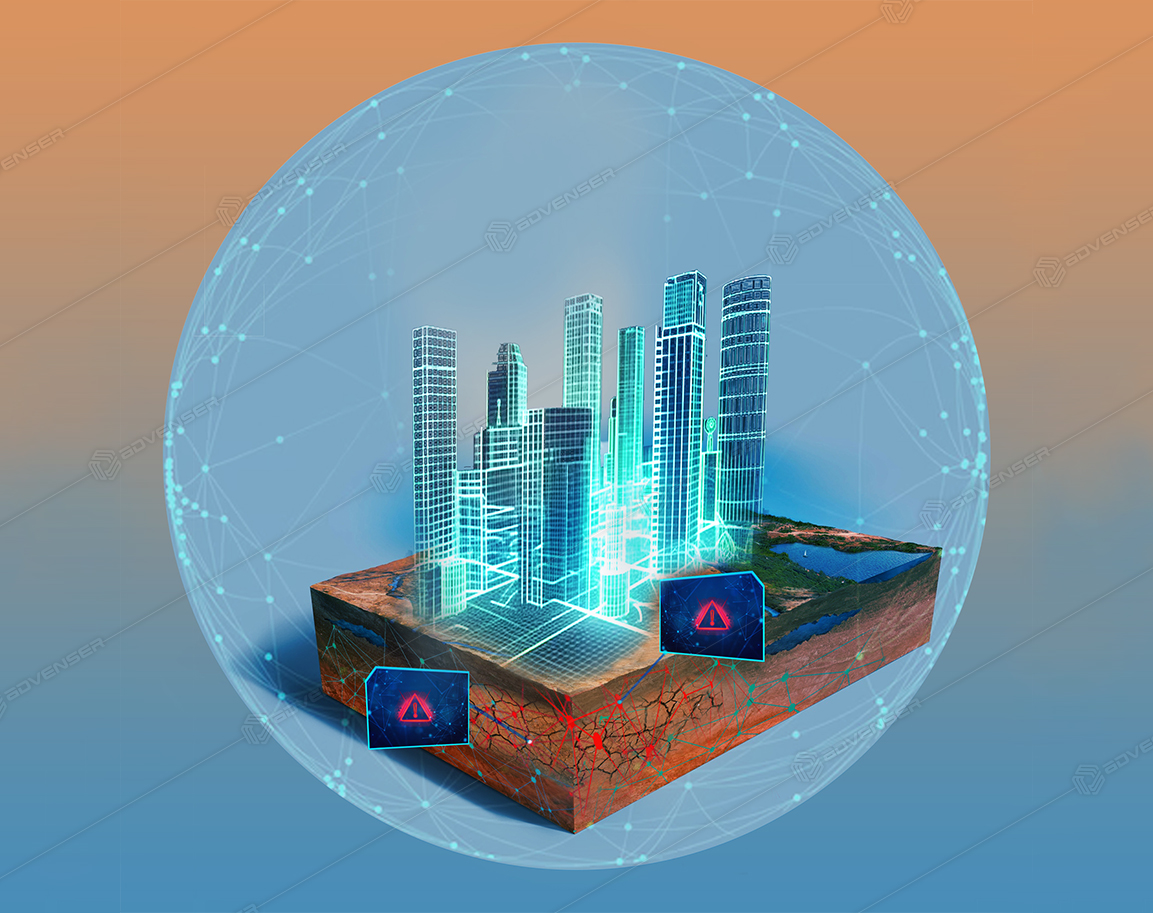Enhancing As-Built BIM Technology: Overcoming Challenges through Innovation and Standardization of LOD 500

Welcome to our blog, where we dive into the exciting world of Building Information Modeling (BIM) and explore how it’s revolutionizing the construction industry. Today, we’re unlocking the potential of as-built BIM technology and delving deeper into Level of Development (LOD) 500 standardization – two game-changers that are set to transform the way projects are executed. Get ready for an eye-opening journey as we unravel the latest innovations in this rapidly evolving field, uncovering how they empower organizations to achieve unparalleled efficiency, accuracy, and collaboration. Let’s embark on this transformative adventure together!
Introduction to As-Built BIM Technology:
As-built BIM technology is a rapidly growing area of the construction industry. There are many different software platforms and applications available to help manage as-built data. The purpose of this article is to provide an overview of as-built BIM technology and LOD standardization.
As-built BIM technology refers to the process of creating and managing a digital representation of the physical and functional characteristics of a facility. This includes all aspects of the building, from the layout of the floors and walls to the location of doors and windows. As-built BIM models can be used for a variety of purposes, such as facilities management, asset management, energy analysis, and retrofit planning.

There are many different software platforms and applications available for as-built BIM. Some common examples include Autodesk Revit, Trimble SketchUp, Bentley MicroStation, ArchiCAD, and IFC Builder. Each platform has its own strengths and weaknesses, so it’s important to choose one that will best fit your needs.
It is important to keep in mind that LOD levels are not necessarily linear and might change based on the complexity, scale, and requirements of the project. Depending on the needed level of detail, a single project component may have a greater LOD than other components.
Benefits of Using As-Built BIM Technology:
Additionally, as-built BIM models can be used to create virtual walkthroughs of finished projects. This is an invaluable tool for marketing and sales teams, as potential buyers or renters can get a realistic sense of what the space will look like before it’s even built. As-built BIM technology is also being used more and more in court cases as visual evidence.
Understanding the Challenges:
Inconsistent Data Capture:
Integration Issues:
Time-Intensive Manual Processes:
Non-standardized LOD 500:
Solutions for Enhancing As-Built BIM:
Enhancing as-built Building Information Modeling (BIM) technology and overcoming challenges through innovation and standardization of Level of Development (LOD) 500 is crucial for the construction industry to reap the full benefits of BIM. Here are some ways to achieve these goals:
Advanced Laser Scanning:
Point Cloud-to-BIM Conversion:
Integration issues can be resolved by utilizing specialized software that converts point cloud data into BIM models effortlessly. These tools allow architects and engineers to easily align and overlay point cloud data onto existing 2D drawings, facilitating the creation of accurate as-built models.
Automation and Machine Learning:
Standardization of LOD 500:
The implementation of a standardized LOD 500 will ensure that as-built BIM models are reliable, comparable, and easily usable by facility managers and maintenance teams.
Continuous Innovation and Training:
Building a skilled workforce:
Collaboration, Research, and industry-wide knowledge sharing:
Data Management and Maintenance:
Quality Control and Validation:
Security and Privacy:
Improved Interoperability:
Conclusion
There’s no doubt that innovation plays a vital role in revolutionizing the construction industry. By addressing the challenges in enhancing As-Built BIM technology through innovation, the industry can unlock the full potential of BIM and transform the way projects are executed. Standardization, advancements in scanning and surveying techniques, integration with emerging technologies, building a skilled workforce, and promoting collaboration and knowledge sharing are key areas where innovation can drive this transformation. Embracing innovation will lead to more efficient, sustainable, and cost-effective construction practices, ultimately benefiting all stakeholders involved. It aids in unlocking new levels of efficiency and accuracy for all aspects of their workflows.
Eager to know more about Standardization and its Benefits…..
Stay tuned for the next blog post unfolding the same…..







